Did you know that every year Europeans discard around 5.8 million tonnes of textiles—roughly 11–12 kg per person—yet only about 1% of this becomes new garments? The EU also notes that textile consumption is among the most environmentally intensive categories: it ranks fourth for overall environmental impacts (after food, housing and mobility) and is a top user of water and land; meanwhile, most of the resource use and emissions linked to what Europeans wear actually occur outside Europe’s borders. In fact, 85% of raw materials, 92% of water, 93% of land use and 76% of GHG emissions tied to textiles consumed in the EU take place elsewhere. At the same time, the bio-based textiles segment already contributes significantly to Europe’s economy, supporting ~700,000 jobs and €25 billion in value added. These figures explain why Europe is pushing hard for materials and designs that cut waste, reduce environmental pressure and build resilient, local value chains.
What do bio-inspired and bio-based mean?
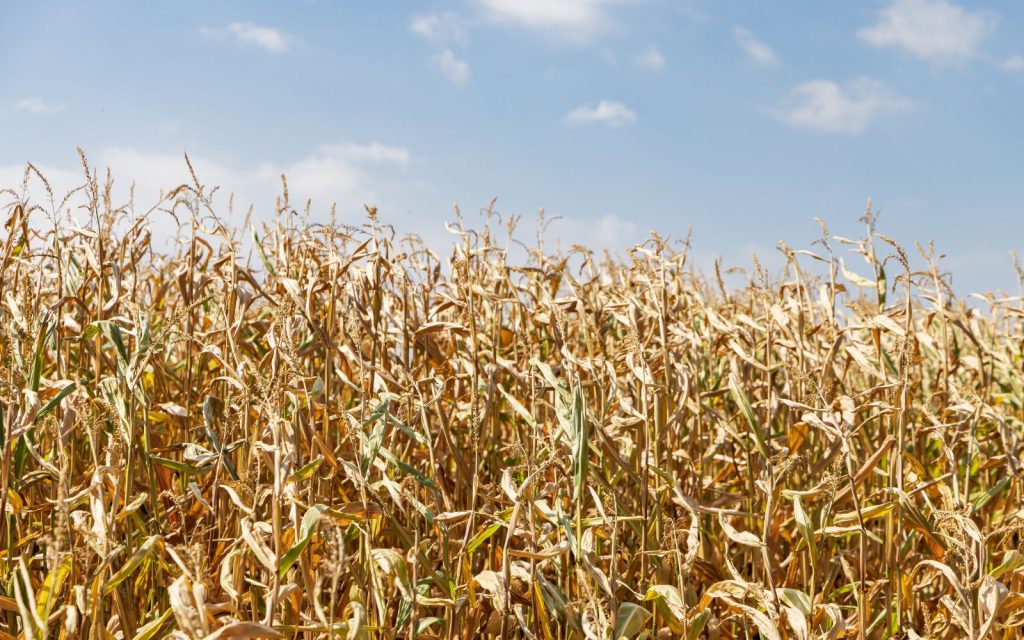
Bio-based refers to materials made—fully or partly—from renewable biological resources such as plants, algae, bacteria, fungi or agricultural by-products. In textiles, this can mean fibres, coatings or polymer components derived from biomass instead of fossil feedstocks. The point is not just to “swap” ingredients: bio-based routes can lower life-cycle emissions, diversify supply, and enable safer chemistries that align with European sustainability goals (for example, the EU’s Strategy for Sustainable and Circular Textiles sets the direction toward durable, repairable, recyclable products made largely from sustainable fibres by 2030).
Bio-inspired (or biomimetic) innovation takes a complementary path: it looks to nature’s strategies and translates them into high-performance functions. The self-cleaning “lotus effect” inspires water-repellent surfaces without heavy chemical loads; spider silk’s combination of strength and lightness guides fibre design for protective gear; nacre’s layered architecture informs tough, damage-tolerant structures and even self-healing concepts. In technical textiles, bio-inspired thinking doesn’t just make fabrics “greener”—it makes them smarter: better moisture management, improved durability, tailored surfaces and adaptive behaviours, achieved by learning from systems that evolution has already refined.
From principles to practice: the role of SUBBIMATT
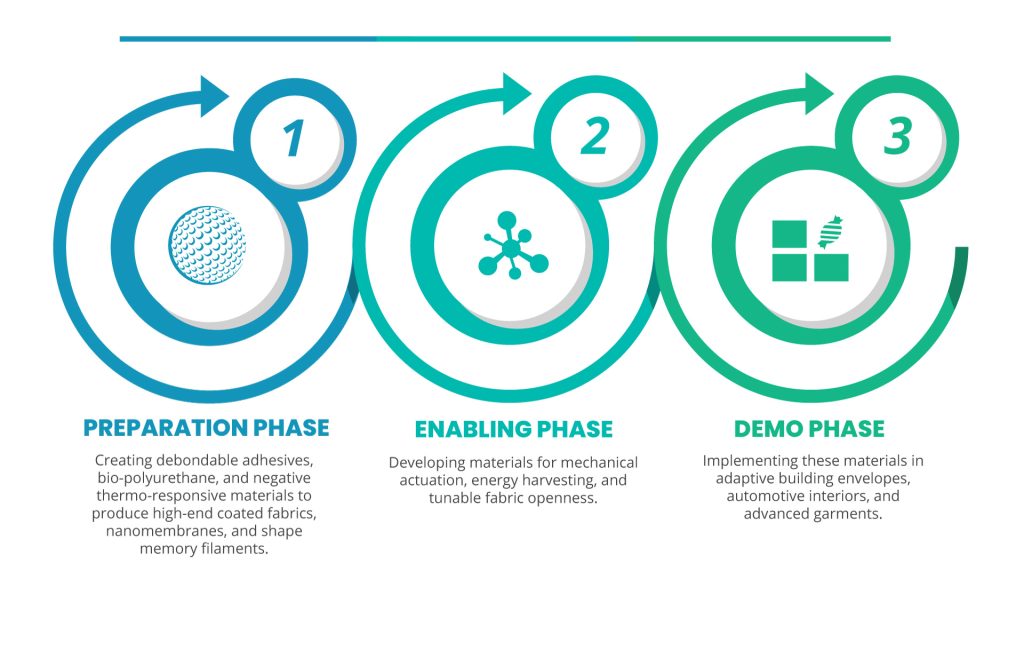
This is precisely where SUBBIMATT (Sustainable, Biobased and Bio-Inspired Materials for Smart Technical Textiles) comes in. Co-funded by the European Union, the project unites industrial and research partners to rethink technical textiles at material and design level—pairing bio-based feedstocks with bio-inspired functionality.
On the bio-based side, SUBBIMATT explores renewable raw materials and bio-derived intermediates for fibres, binders and coatings suited to demanding applications. The aim is to reduce fossil dependency and cut the embedded environmental footprint while preserving industrial feasibility and performance.
On the bio-inspired side, the project studies nature-derived mechanisms—from hydrophobic leaf surfaces to hierarchical protective shells—to engineer textiles with advanced properties: improved water management, self-repairing or damage-resistant architectures, and smart surfaces that perform without resorting to hazardous treatments. The result is not merely an “eco” alternative but a next-generation class of technical textiles: durable, high-performing and ready for real-world use in sectors such as construction, mobility and personal protection.
SUBBIMATT aligns squarely with the EU’s policy direction. Europe’s Strategy for Sustainable and Circular Textiles calls for products that are durable, repairable and recyclable, largely made from sustainable fibres, and free of harmful substances by 2030—and for a system that dramatically reduces textile waste. By developing bio-based inputs and bio-inspired performance within European value chains, SUBBIMATT supports those goals while strengthening industrial resilience and innovation leadership in the EU.

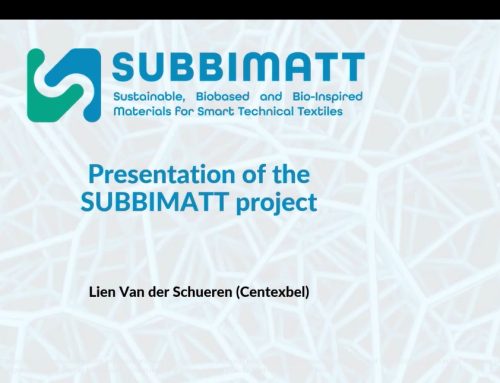
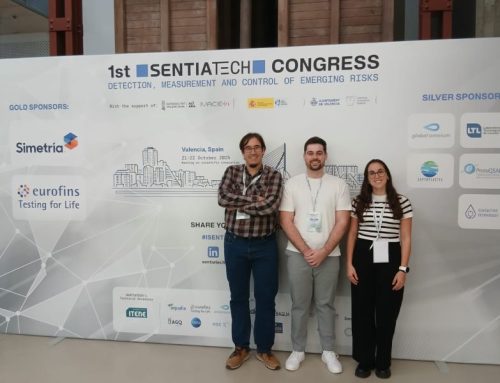

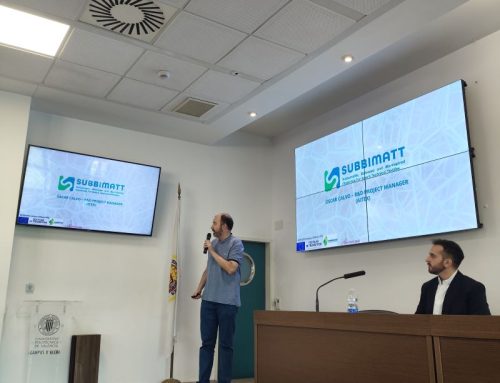
 “Co-Funded by the European Union (Project 101129911). Views and opinions expressed are however those of the author(s) only and do not necessarily reflect those of the European Union or the European Health and Digital Executive Agency (HADEA). Neither the European Union nor the granting authority can be held responsible for them.”
“Co-Funded by the European Union (Project 101129911). Views and opinions expressed are however those of the author(s) only and do not necessarily reflect those of the European Union or the European Health and Digital Executive Agency (HADEA). Neither the European Union nor the granting authority can be held responsible for them.”